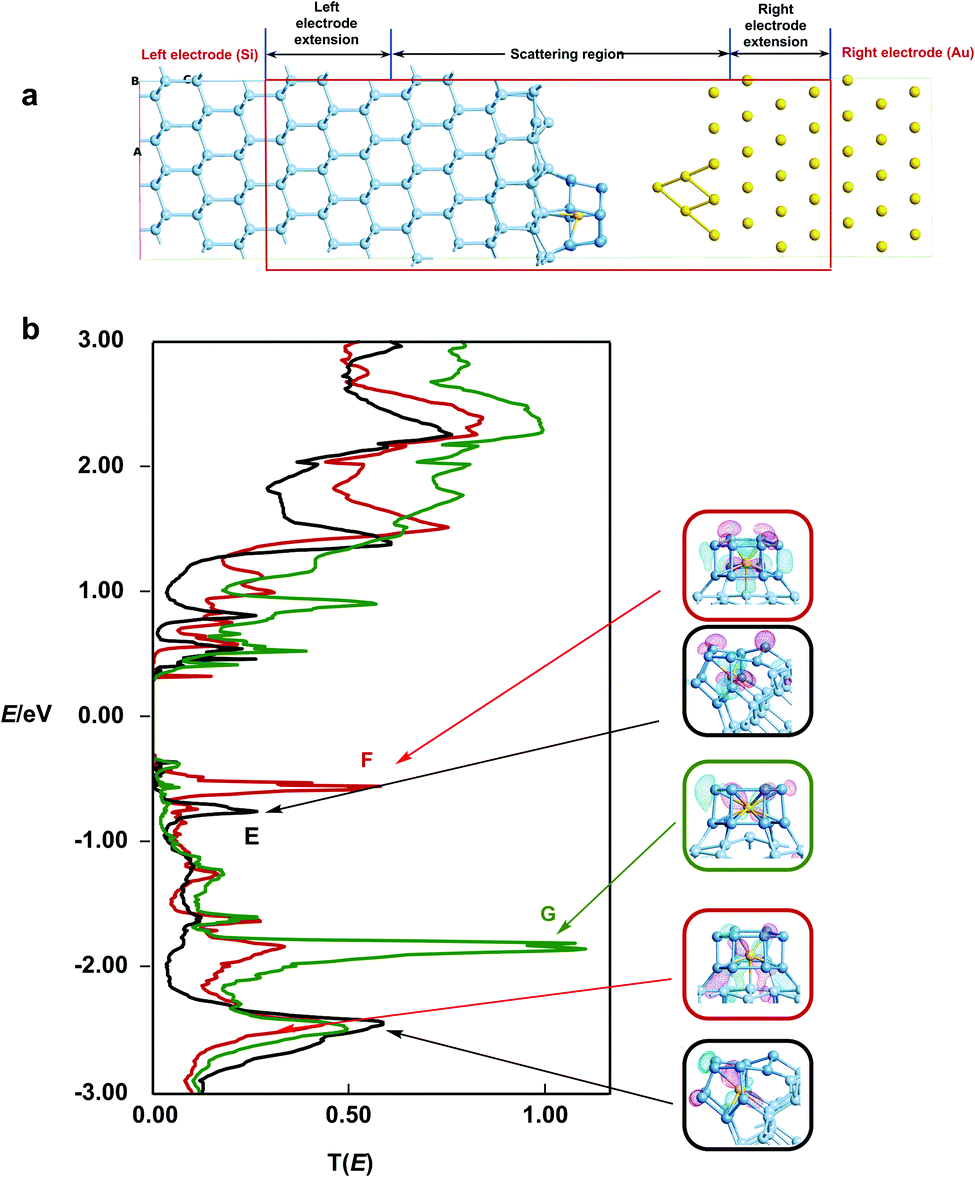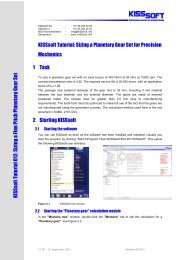
When you create our neural network with PyTorch, you only need to define the forward function. By iterating over a huge dataset of inputs, the network will “learn” to set its weights to achieve the best results.Ī forward function computes the value of the loss function, and a backward function computes the gradients of the learnable parameters.

During the training process, the network will process the input through all the layers, compute the loss to understand how far the predicted label of the image is falling from the correct one, and propagate the gradients back into the network to update the weights of the layers. Here, we're building a feed-forward network. The lower it is, the slower the training will be. The learning rate (lr) sets the control of how much you are adjusting the weights of our network with respect to the loss gradient. The output size is three since there are three possible types of Irises. The input size depends on the number of features we feed the model – four in our case. Model parameters depend on our goal and the training data. We'll apply the activation layer on the two hidden layers, and no activation on the last linear layer. Thus, when a ReLU layer is applied, any number less than 0 is changed to zero, while others are kept the same.

You have to specify the number of input features and the number of output features which should correspond to the number of classes.Ī ReLU layer is an activation function to define all incoming features to be 0 or greater. Linear -> ReLU -> Linear -> ReLU -> LinearĪ Linear layer applies a linear transformation to the incoming data. The structure of the model is as follows: In this tutorial, you'll build a basic neural network model with three linear layers. If you've done the previous step of this tutorial, you've handled this already.

To train the data analysis model with PyTorch, you need to complete the following steps: In the previous stage of this tutorial, we acquired the dataset we'll use to train our data analysis model with PyTorch.


 0 kommentar(er)
0 kommentar(er)
